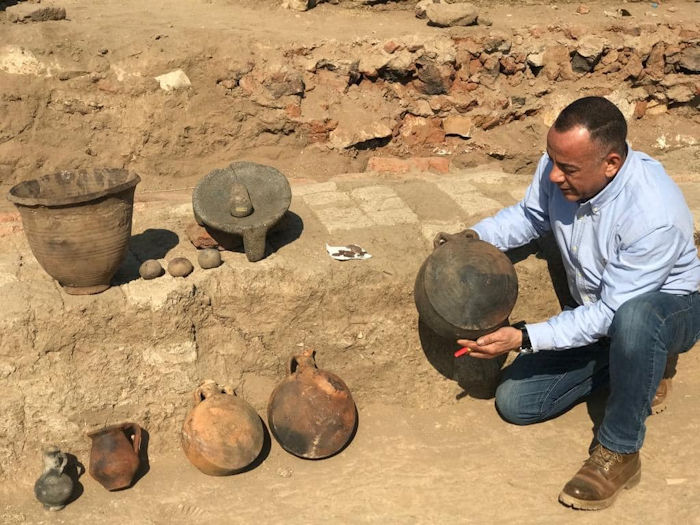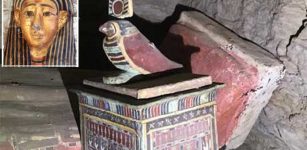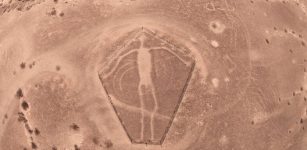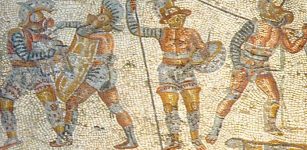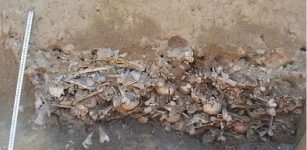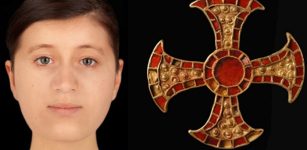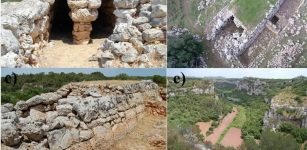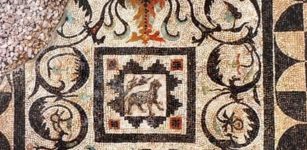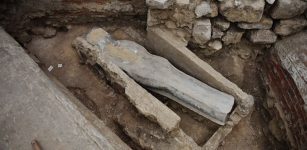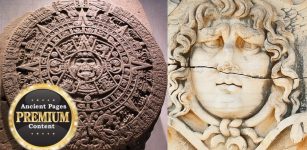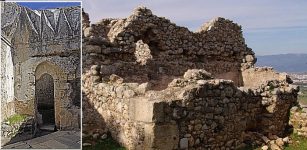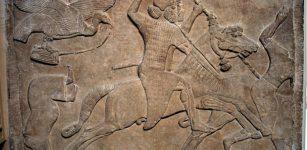Major Discovery Of A Complete Ancient Roman City In Luxor, Egypt
Jan Bartek - AncientPages.com - Scientists excavating in Egypt have made a major archaeological discovery. In the heart of the southern city of Luxor, the Egyptian archaeological team uncovered a 1,800-year-old city.
According to a press announcement by Egypt's Supreme Council of Antiquities, this is a"complete residential city from the Roman era."
Credit: Ministry of Tourism and Antiquities
Credit: Ministry of Tourism and Antiquities
Mustafa Waziri the head of Egypt's Supreme Council of Antiquities, confirmed the importance of the find, explaining this is the "oldest and most important city found on the eastern bank of Luxor."
Excavations at the site led to the discovery of "a number of residential buildings", as well as "two pigeon towers", the latter being a structure used to house pigeons or doves. In addition, scientists also uncovered a "number of metal workshops."
Credit: Ministry of Tourism and Antiquities
Credit: Ministry of Tourism and Antiquities
Credit: Ministry of Tourism and Antiquities
Inside the workshops, scientists found many different artifacts. Among them were pots, water bottles, bells, pottery, grinding tools, and Roman coins of copper and bronze.
Credit: Ministry of Tourism and Antiquities
It is a rare discovery in Egypt. In Luxor, where the famous Valley of the Queens and Valley of the Kings are located, the most common archaeological finds are temples and tombs.
Egyptian authorities announced the discovery of a 3,000-year-old "lost golden city" on Luxor's west bank a while back. The archaeological team called it "the largest" ancient city ever uncovered in Egypt.
At the time, it was hailed as one of the most significant finds in Egypt. Scientists confirmed the 3,000-year-old Golden City dated to the era of Amenhotep III, one of Egypt’s most powerful pharaohs who reigned for almost four decades in the 1300s B.C. The unearthed ancient city, complete with mud brick houses and artifacts is considered just as important as the discovery of King Tutankhamun’s tomb by Howard Carter in 1922.
In recent times, Egypt has faced criticism the country prioritizes finds shown to grab media attention over hard academic research. However, as reported by the AFP, "the discoveries have been a key component of Egypt's attempts to revive its vital tourism industry after years of political unrest, as well as after the Covid pandemic.
See also: More Archaeology News
The government's plans -- the crowning jewel of which is the long-delayed inauguration of the Grand Egyptian Museum at the foot of the pyramids in Giza -- aim to draw in 30 million tourists a year by 2028, up from 13 million before the pandemic.
The country of 104 million inhabitants is suffering from a severe economic crisis, and Egypt's tourism industry accounts for 10 percent of GDP and some two million jobs."
Written by Jan Bartek - AncientPages.com Staff Writer




